Romanticising the Mansons: What immersive theatre production Returning Home can teach us about identity, judgement, mental health and our collective search for meaning.
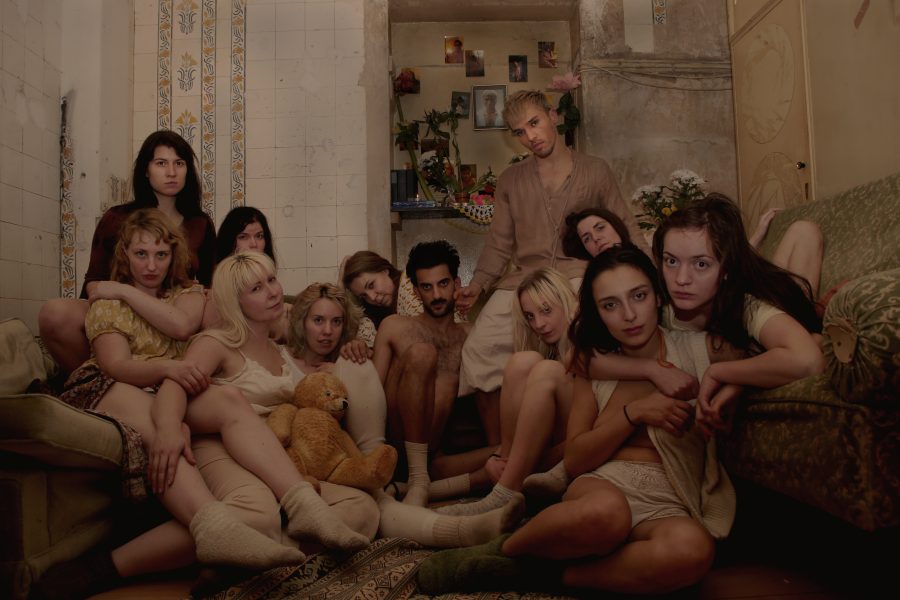
It’s not a new suggestion that the modern world feeds us all a lot of inconvenient half truths. We’re more “connected” than ever, we’re told; or that we’ve become broadly rather tolerant. Connected connotes togetherness, and tolerance implies a shared understanding that we see and accept and celebrate difference, in our own identity and in those of others. Of course, while both these ideas have some facets of truth to them: yes, we can easily and quickly speak to anyone, anywhere most of the time; and thankfully big leaps have been made in tacking things like racism and homophobia. But when we really examine ourselves and our society, the cracks appear before us as readily as ever. We are lonely, and exclusionary.
Art has always been a platform to examine these sort of uncomfortable issues, and Berlin-based production Returning Home is one such contemporary piece using an immersive theatre art installation format to explore ideas around community and communal living, power structures, the nature of love and family, and what exactly “home” can mean.
It initially ran in December as Your Home is Where You’re Happy in a former butchery in Berlin-Neukölln, and is now returning to the same spot in the form of Returning Home with an almost identical cast (a couple of the “family” have left, a few more have joined). Borrowing its name from the Charles Manson song, the production is directed by Jos Porath, with dramaturgical support from Corinna Duemler, and assistance with the set design from Melody Pasanideh. At the epicentre of Returning Home is a man known to all as Papa, the charismatic epicentre of a strange world he’d created around him.

In keeping with the title, the aesthetics of the piece are slowly based around 60s communes and as such, there’s no shortage of draped fabrics, draped limbs over one another, and a hell of a lot of incense – “it oscillates between contemporary examples of urban living below the poverty line, as well as nostalgic nods to countercultural communes of the 1960s and 70s,” as Porath puts it.
“I think most people (myself included, until I started looking in to it more) are electrified at the myth rather than the reality of most historical examples of commune living, and certainly of the Manson girls,” says Porath. “There is something uniquely romanticised about 1960s and 70s communes, and the fusion of sex, drugs, spirituality and an overarching sense of incredible intimacy which sidesteps all the emotional, physical and sexual violence that especially the women in these communities were frequently exposed to. I think the yearning for a home where enlightened and authentic living is possible is alive and well, as is the willingness to turn a blind eye to certain aspects of the significantly darker reality.”
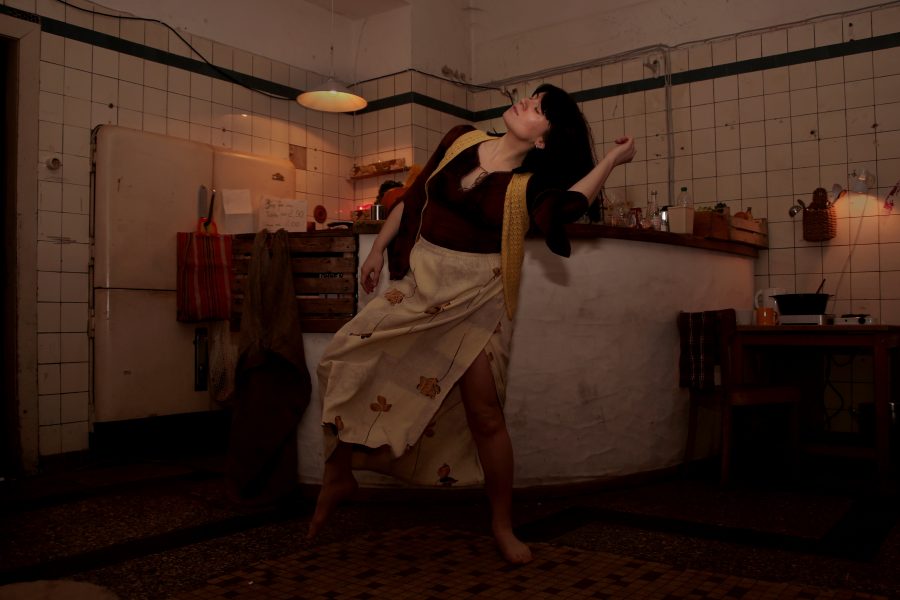
Audience members are invited in as guests, the idea being that those already “home” are awaiting new members to join them; and guests can move around the space more or less freely as they would at any private home that they have been invited to visit. Depending on the level of guest and family interaction, the backstories of the existing family emerge: each character brings an individual and often harrowing reason for seeking out such an intensely familial and close environment – some substance abuse, others family abuse, others the abuses thrown onto them form a society that is overarchingly unkind to those whose minds, bodies or philosophies differ from the norm. Everyone’s looking for comfort or likeness, everyone wants to be felt to be loved and to be “understood.” The dramatisation of that makes it so plain why the counterculture commune lifestyle, for all its dark undercurrents and sinister sidelines, was (and still could be) so appealing.
YHIWYH was initially conceived at a time of political and societal turmoil, during the final months of Donald Trump’s presidential campaign and shortly after AfD, the German right-wing populist party, had been voted into Berlin’s House of Representatives. “It was also a time when more and more of the people around me began retreating into their communities (many in response to the aforementioned events), and disengaging with what was happening around them. Divides became more gaping, and people’s worlds became very small,” says Porath.
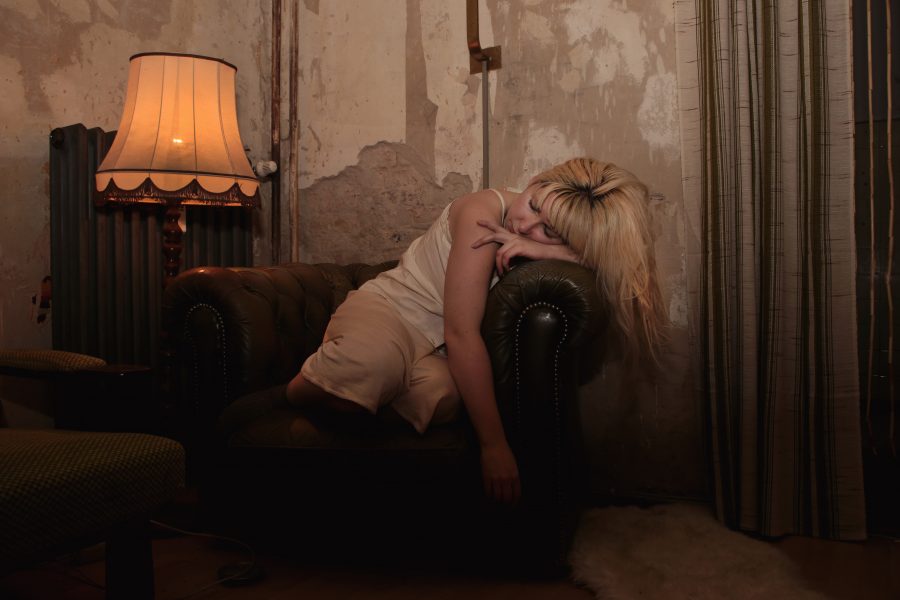
As such, the creators were keen to explore notions of community, and how it can appeal to those who have been marginalised – those looking for a shared experience to help them understand their place in the world, and to be understood. But as Porath explains, these sort of “safe spaces” have a capacity to be inherently very unsafe: “it is also the perfect environment for abusers who prey on the vulnerabilities that are woven into the very fabric of the community and its members. Whether it is because the consequences are not foreseeable, or because the abusers in question are charismatic, seductive, intimidating, manipulative or a nasty blend of it all, they will often be kept in or given power, even leadership within these communities willingly by its members.
“To me that was a devastating, fascinating and also sobering realisation, and it has made me revisit my understanding of ‘community’ with a newfound criticality.”
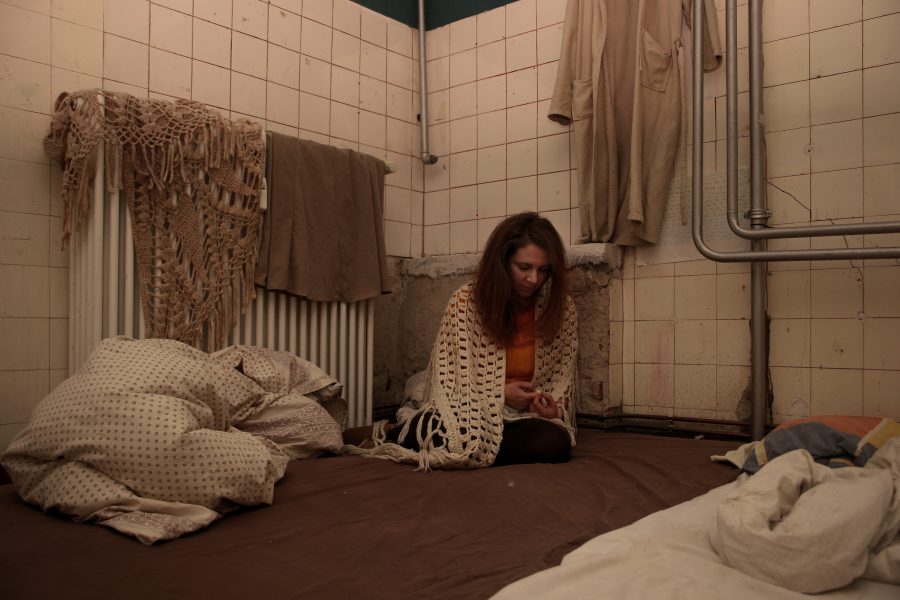
The format of the piece forces the audience into making decisions about who and what this family is, and what they are are not ok with in these strange circumstances. It engenders contemplation of togetherness, mental health, hierarchical structures – and according to the directors, helps us try to understand why we still hold the romanticised ideas around darker historical precedents.
Duemler explains, “Our conception of people, ideas and situations inevitably changes through our experience of them, so immersing an audience in a space and putting them into interaction with it and the performers should at least change their perspective.
“From a dramaturgical standpoint, every character and even the space itself has a history, a trajectory that led to the moment the audience steps into interaction with it – those biographies of character and space are fundamental to an audience’s understanding on a human level. So in the end, despite the challenges and ambiguities of Home, I think it still demands compassion and empathy from its visitors.”
Porath adds: “A simulated reality where ‘the audience’ is at the centre of the action unfolding puts them in a position where they experience rather than abstract, and I think that that is key to non-dogmatic and nuanced insight. It’s amazingly easy to judge and condemn with distance, and from a primarily intellectual footing. In a format like immersive performance, however, so much is about the immediate intuitive, emotional, sensory or even bodily response that you have to situations, people, other points of view.”
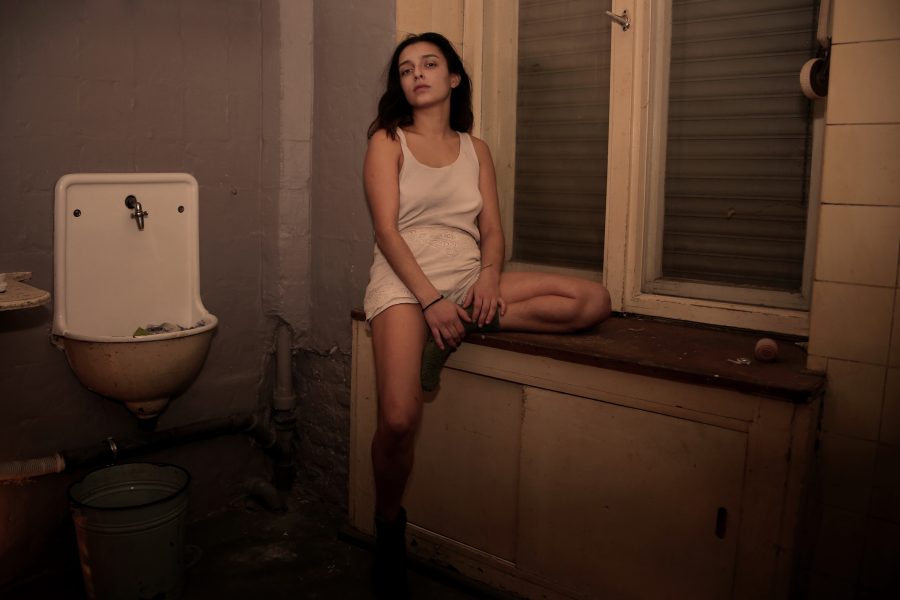
One of the potentially more uncomfortable issues the piece brings to the fore is that of pathologising those who differ from a perceived societal norm – perhaps through their beliefs or actions, because of mental health, former substance abuse issues, or just being a little unusual. “The basic premise of the ideology at Home is unconditional acceptance of self and of others. But I think this approach is a double-edged sword when it comes to mental disorder or trauma: on one hand, the acceptance of all behaviours removes stigma and thus creates a safe space; on the other hand, people may not actually be provided with the help they need and in consequence simply continue suffering,” Duemler explains.
“By laying bare all the hurt and damage without offering a lasting remedy, people can be kept vulnerable and be easier to manipulate. Yet this kind of power only exists because people have felt ostracised by or alienated from ‘normal’ society. In an ideal world, we would be able to free ourselves from stigma surrounding mental illness, trauma and human weakness too – but in order to ultimately find ways to help ourselves and others heal.”
Porath continues: “I think pathologisation is a brutal way of forcing something into a neat shape that will fit into a containable category when it is actually messy and complicated. It is often used in dehumanising ways that cast survivors of trauma as a diagnosis rather than a whole person with experiences, opinions and feelings that go beyond their trauma. I approach what I create in a holistic way that allows for complications, contradictions, lack of resolution and frustration.”
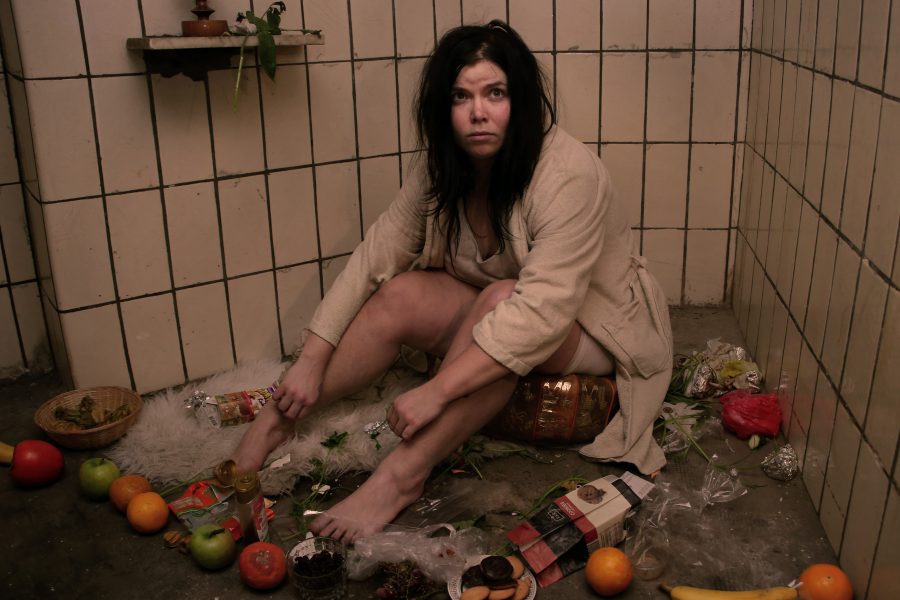
Having experienced the piece in its first incarnation as a performer back in December, what struck me was just how easy it was to accept such an initially strange way of way of life and for it to rapidly seem so normal. We ate together, didn’t wash, wore the same rather scratty clothes every day, chosen for us. What first seemed mildly gross very soon became rather nice. We didn’t have to make decisions, the trappings of modern life and the big bad outside world seemed so far away. The cast and guests alike were easily seduced by the environment, and by Papa who dictated it. I wonder if that’s similar to the cinematic technique of making viewers spend so much time with a character that we soon empathise with them, even love them (Take Travis Bickle in Taxi Driver, for instance).
“When you are drawn to someone, oftentimes you begin to empathise with them, in so far as that you try to understand what moves them to do what they do and be who they are,” Porath says. “I’m interested in challenging the guests and keeping them in situations that raise certain, perhaps uncomfortable questions. What those questions are always depends on who the person asking them is, and so every guest will have a wholly subjective and unique experience of Papa’s world.” Duemler’s hope is that visitors come away not necessarily with conclusions, but questions about “their own agency, their relationship to power and their search for meaning.”
“In my mind, the idea of communal living addresses the definition of self, as an individual and in relation to others,” she says. “Life in a community can require compromises of the autonomous self – a relinquishing of control, a responsibility to others, a dependency on one or many, an acceptance of questionable behaviours, a submission to authority. What seems to be so tempting about a communal space like Home is that it promises to alleviate human loneliness and pain, perhaps even on an existential level. Here several questions arise both for us as creators and for the audience as visitors: What happens with a self in a communal environment? Is it possible to escape loneliness? And is it worth it?”


